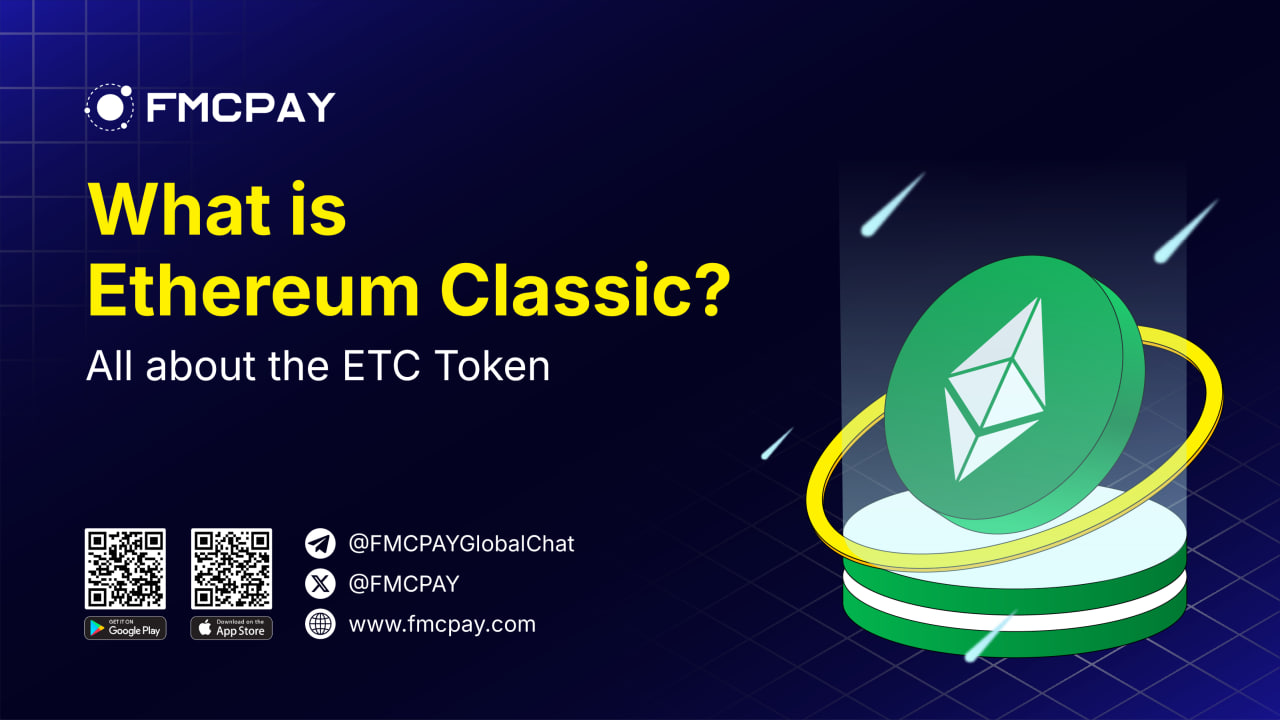Ethereum Classic (ETC) and Ethereum (ETH) are two prominent cryptocurrencies that, despite sharing a common origin, have diverged in philosophy, technology, and market dynamics. Understanding what is Ethereum Classic and how it differs from Ethereum is crucial for investors, developers, and enthusiasts alike.
This article delves into the question of “what is Ethereum Classic,” its historical journey, a comparative analysis with Ethereum, and insights into its current market performance.
1. What is Ethereum Classic?
Ethereum Classic is a decentralized, open-source blockchain platform designed to support smart contracts and decentralized applications (dApps). It originated from the 2016 hard fork of Ethereum, which resulted from a philosophical and technical divide within the community.
Ethereum Classic follows the principle of immutability, ensuring that blockchain transactions cannot be altered or reversed. This fundamental philosophy sets it apart from Ethereum, which has undergone multiple upgrades and changes. So what is Ethereum Classic’s role in the crypto space?
At its core, Ethereum Classic operates on the idea that “code is law,” meaning smart contracts execute precisely as programmed without external interference. These contracts are self-executing programs with predefined conditions, enabling automation across various industries, from finance to supply chain management. Developers can build dApps on the Ethereum Classic network, leveraging its secure and censorship-resistant infrastructure.
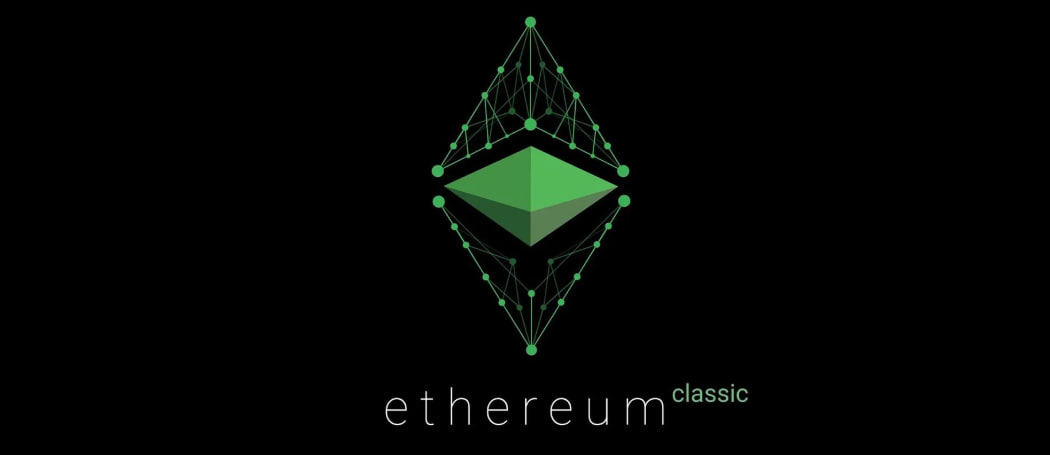
Key features of Ethereum Classic include:
- Immutability: Ethereum Classic emphasizes the immutability of its blockchain, ensuring that transactions cannot be altered once recorded.
- Decentralization: It operates on a decentralized network of nodes, preventing central control and manipulation.
- Smart Contract Support: Ethereum Classic supports smart contracts, enabling the creation of decentralized applications (dApps).
The native cryptocurrency of Ethereum Classic, ETC, plays a crucial role in powering the network. It is used to pay for transaction fees, computational processes, and rewarding miners who secure the blockchain through the proof-of-work (PoW) consensus mechanism. For investors and developers alike, understanding what is Ethereum Classic is essential for recognizing its role in the broader blockchain ecosystem.
2. History of Ethereum Classic
The inception of Ethereum Classic stems from a pivotal event that caused a major split within the Ethereum community. Before diving into a detailed analysis of what is Ethereum Classic, let’s first explore its historical origins.
Ethereum was conceived by Vitalik Buterin and the Ethereum Foundation, launching in 2015 as a decentralized network where transactions were powered by its native token, ether (ETH). It quickly gained traction, particularly for hosting initial coin offerings (ICOs), allowing various projects to raise funds by issuing their own tokens on the Ethereum blockchain.
One of the most notable ICOs was The DAO, a decentralized venture fund enabling investors to collectively vote on investment decisions. The project amassed over 11 million ETH from more than 18,000 investors. However, a vulnerability in The DAO’s smart contract was exploited by hackers, allowing them to siphon off nearly one-third of the total funds (approximately $50 million worth of ETH at that time).
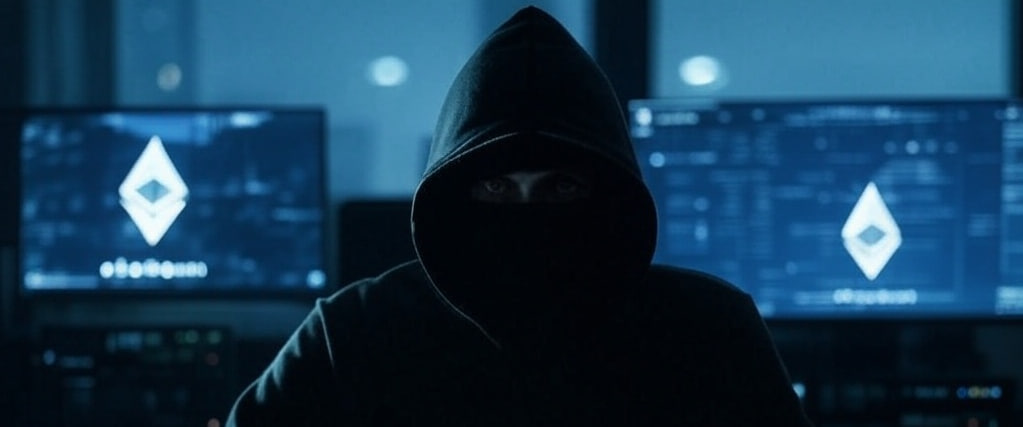
This incident ignited a contentious debate within the Ethereum community. Some advocated for reversing the blockchain to recover stolen funds, while others argued that altering transaction history would compromise the core principle of decentralization.
Ultimately, about 85% of Ethereum miners supported a hard fork, leading to the creation of a new chain that retained the Ethereum name. The original chain, which upheld the principle of immutability, became known as Ethereum Classic.
Over time, its development diverged from Ethereum, especially after Ethereum transitioned to a PoS consensus mechanism in 2022. Meanwhile, Ethereum Classic continued using PoW, attracting miners who preferred the traditional mining model.
For those asking what is Ethereum Classic, it is the original Ethereum blockchain that continues to follow the unaltered ledger, maintaining its commitment to decentralization and censorship resistance. Since the split, Ethereum Classic has remained dedicated to its founding principles, while Ethereum has pursued upgrades focused on scalability and network efficiency. Expand this heading in more detail, add the keyword 4 times:
3. Ethereum vs. Ethereum Classic Comparison
Understanding the differences between Ethereum and Ethereum Classic is essential for those exploring what is Ethereum Classic and how it compares to its counterpart. While both networks originate from the same blockchain, their philosophies, consensus mechanisms, and technological developments have diverged significantly over time.
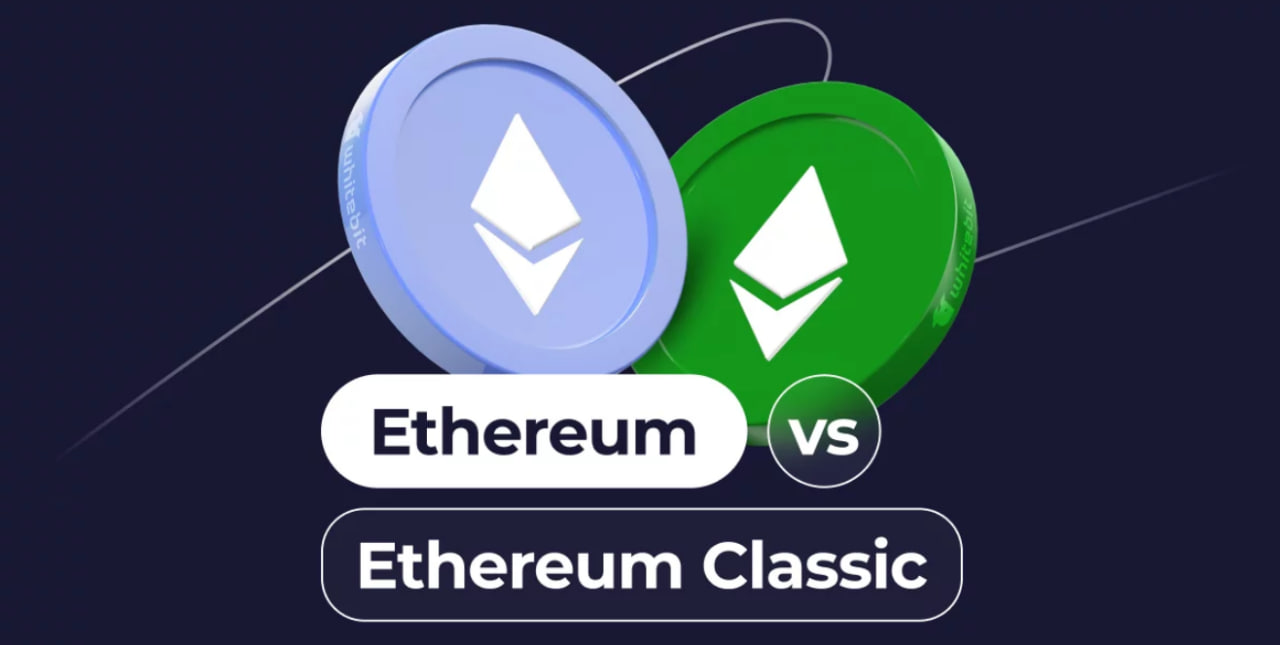
3.1. Ideological Differences
At the heart of the split lies a fundamental ideological divide. What is Ethereum Classic if not a commitment to immutability and decentralization? Ethereum Classic upholds the belief that blockchain records should remain unchanged, adhering to the “code is law” principle.
In contrast, Ethereum prioritized adaptability, reversing transactions after The DAO hack to restore lost funds. This decision set the two blockchains on separate paths, shaping their future development and governance approaches.
3.2. Consensus Mechanism: PoW vs. PoS
One of the most significant technical differences between the two networks is their consensus mechanism. Ethereum transitioned to proof-of-stake (PoS) in 2022, significantly reducing energy consumption and allowing users to stake ETH to validate transactions.
Meanwhile, Ethereum Classic remains committed to proof-of-work (PoW), where miners solve complex mathematical problems to secure the network. This distinction affects not only energy efficiency but also the way transactions are processed and new blocks are created.
3.3. Scalability and Network Upgrades
For those asking what is Ethereum Classic in terms of scalability, it is important to note that it follows a more conservative development approach. Ethereum actively implements major upgrades, such as sharding and Layer 2 solutions, to enhance transaction speed and reduce costs.
In contrast, Ethereum Classic prioritizes security and stability, making fewer modifications to its underlying technology to maintain its original structure.
3.4. Ecosystem Growth and Adoption
Lastly, ecosystem growth and adoption have also taken different paths. Ethereum has become the dominant smart contract platform, hosting thousands of decentralized applications (dApps) and powering the majority of DeFi and NFT projects.
Ethereum Classic, while still supporting dApps and smart contracts, has a smaller developer community and fewer mainstream integrations. However, for those who value decentralization and censorship resistance, what is Ethereum Classic represents a blockchain that stays true to its original principles.
By examining these key differences, users can gain a better understanding of what is Ethereum Classic and make informed decisions about which blockchain best aligns with their values, investment goals, and technological preferences.
4. What is Ethereum Classic’s Current Price?
Like many cryptocurrencies, ETC has experienced price fluctuations driven by various technical, economic, and market-related factors. Understanding what is Ethereum Classic in terms of its market performance provides valuable insight into its valuation, investor sentiment, and long-term potential.
4.1. Price History and Market Capitalization
As of March 4, 2025, Ethereum Classic (ETC) is trading at approximately $18.23. Over the years, the cryptocurrency has seen substantial volatility, with its most notable peak reaching an all-time high of $176 on May 6, 2021.
Currently, ETC ranks 35th among cryptocurrencies by market capitalization, holding a total market cap of around $2.7 billion. For investors exploring what is Ethereum Classic as an asset, these historical trends highlight the potential risks and rewards associated with its price movements.
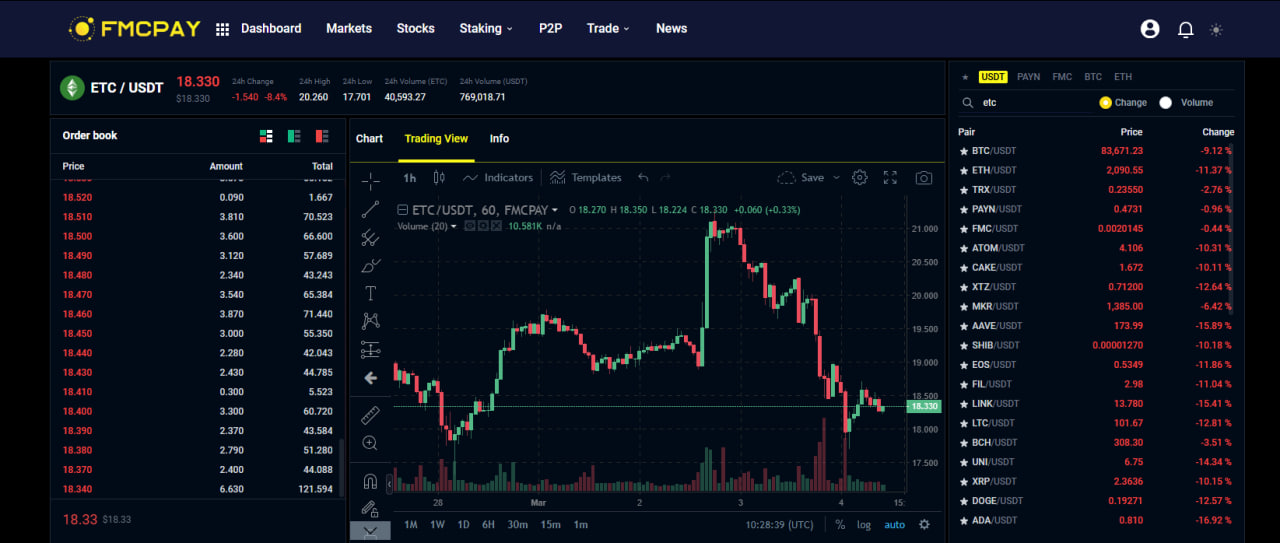
4.2. Factors Influencing Ethereum Classic’s Price Movements
Several key factors influence the price of Ethereum Classic, shaping its long-term value and market position:
Network Security
Past security breaches, including 51% attacks, have impacted investor confidence, leading to price fluctuations. Ensuring strong security measures and preventing future vulnerabilities is crucial for maintaining trust in the network.
Development Activity
Unlike Ethereum, which frequently undergoes upgrades, Ethereum Classic follows a more conservative development approach. The level of active development, community contributions, and network improvements can significantly affect the perceived value of ETC.
Market Sentiment
Broader cryptocurrency market trends, Bitcoin price movements, and regulatory developments play a significant role in shaping ETC’s price action. Periods of bullish sentiment often drive higher demand for altcoins, while bearish conditions lead to declines.
For those analyzing what is Ethereum Classic as an investment, it is essential to consider these influencing factors alongside historical performance. While Ethereum Classic remains a prominent player in the blockchain space, its price dynamics will continue to be shaped by development activities and overall market conditions.
5. Where to Buy Ethereum Classic Crypto?
Now that you understand what is Ethereum Classic, are you thinking about investing in it? As a widely recognized cryptocurrency with a strong market presence, Ethereum Classic (ETC) is available on numerous crypto trading and storage platforms. Below are some of the most common ways to acquire Ethereum Classic.
Cryptocurrency Exchanges
Leading exchanges such as Binance, Coinbase, and FMCPAY support Ethereum Classic, allowing users to buy, sell, and trade ETC. You can purchase ETC using fiat currencies like USD and EUR or by exchanging it for other cryptocurrencies.
Peer-to-Peer (P2P) Platforms
P2P trading platforms enable direct transactions between individuals. Platforms like LocalCryptos and Paxful offer escrow services to ensure secure Ethereum Classic purchases from other users.
Crypto ATMs
Some crypto ATMs facilitate Ethereum Classic transactions, enabling users to buy ETC using cash or a debit card. However, availability varies depending on location.
Crypto Wallets with Built-in Purchase Options
Certain wallets, including Trust Wallet and Atomic Wallet, allow users to buy Ethereum Classic directly through integrated exchange services, streamlining the purchasing process.
Decentralized Exchanges (DEXs)
Decentralized exchanges (DEXs) also offer Ethereum Classic trading, allowing users to buy and sell ETC without relying on a centralized authority. This method enhances privacy and gives users more control over their assets.
Understanding what is Ethereum Classic also involves recognizing its investment potential. Some analysts predict that its price could rise from the current $18.23 to $41.55 by 2030, offering a potential ROI of +128%. Whether you’re a seasoned investor or new to crypto, ETC’s historical significance and capped supply make it an intriguing option for long-term portfolios.
6. How to Buy Ethereum Classic on FMCPAY
If you’re looking to expand your portfolio with what is Ethereum Classic, FMCPAY offers a straightforward and beginner-friendly way to purchase ETC. As a trusted cryptocurrency exchange, FMCPAY ensures seamless transactions. Follow these steps to get started:
- Create an Account: Sign up on FMCPAY.com by providing your email and setting a secure password.
- Verify Your Identity: Complete FMCPAY’s KYC verification process to unlock full trading access.
- Deposit Funds: Add funds to your account using your preferred payment method.
- Buy ETC: Navigate to the trading section and select the ETC/USDT trading pair.
- Confirm Your Purchase: Enter the amount of ETC you want to buy and finalize the transaction.
FMCPAY simplifies access to ETC, making it easier to explore what is Ethereum Classic and its potential use cases. Whether you’re a first-time buyer or an experienced trader, Ethereum Classic remains a valuable digital asset in your portfolio.
Conclusion
Ethereum Classic (ETC) stands as a testament to the ideological debates within the blockchain community. While it shares foundational roots with Ethereum, the two networks have diverged in philosophy, technology, and market positioning. Understanding what is Ethereum Classic and how it differs from Ethereum is essential for investors, developers, and enthusiasts navigating the evolving landscape of blockchain technology.
For more in-depth crypto insights, market trends, and expert analyses, visit FMCPAY and stay ahead in the world of digital assets!

